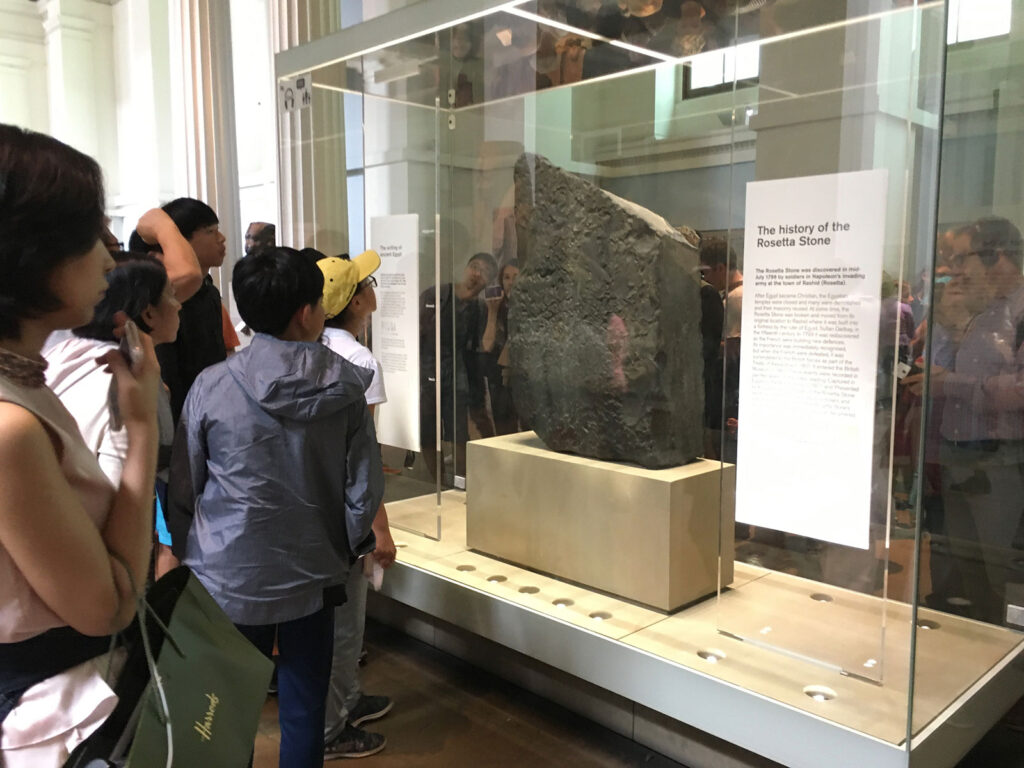Encoded Languages, Epigraphy, and Reception Across Time: A Comparative Analysis of Carved Inscriptions
Mia Stanley
Advisor: Dr. Nassos Papalexandrou

Abstract
What is at stake if we neglect comprehensive studies of the past, and how have incomplete histories of objects affected our reception and understanding of objects in the present? How do the myth and intrigue surrounding civilizations, as well as the current and past sociopolitical contexts, dictate how and why texts are deciphered or considered important? How does the British Museum guide and control the narratives surrounding non-western objects? These are a few of the guiding questions behind this thesis.
This paper attempts to draw out the underlying dynamics and motivations of history, religion, and politics for the decipherments of ancient Egyptian hieroglyphs, ancient Maya glyphs, and cuneiform by looking at the interplay of text and aesthetics, reception theory, and historiography. The first chapter looks at the Rosetta Stone as a case study in neglecting full scholarship, followed by the history and motivations for deciphering the ancient Maya writing system, and finishing with a brief commentary on the Behistun Inscription and the political context behind its social status.